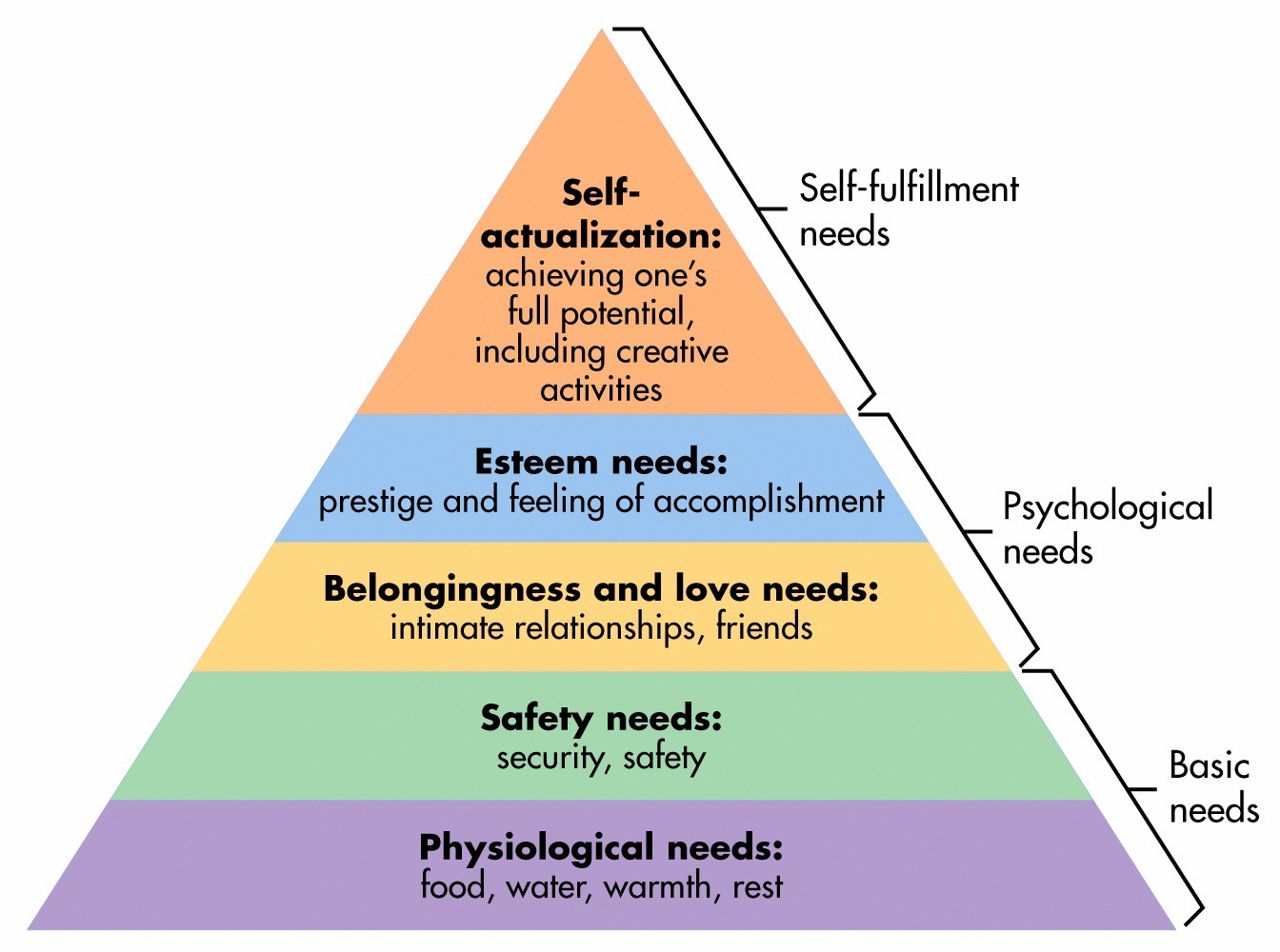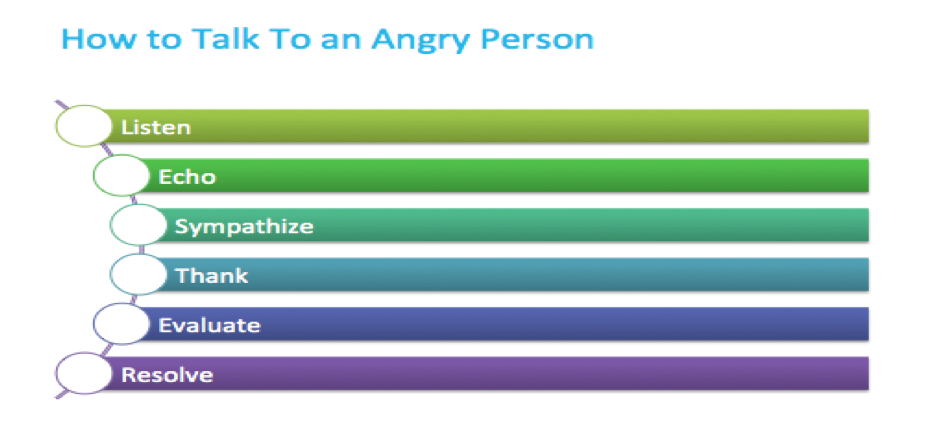Season Two, Episode One. Podcast recap! (And if you missed the podcast, you can find it here.)
We are so excited to launch Season Two of our podcast this week! Get ready for a whole series dedicated to discussions related to “Difficult Conversations,” with tips, tricks, and tools to help you navigate those situations instead of avoiding them altogether.
In Episode 1 we focus on the awkward task of giving someone critical or constructive feedback.
Podcast Recap: Season 2, Episode 1
How many times have you been in a situation where you’ve had to tell someone they didn’t do a great job on something, and you wished with the power of a thousand fiery suns that you could avoid the whole thing? Perhaps you DID avoid it and it kept happening anyway?
The funny thing is that most of us crave feedback. We want to do well, to grow and improve, and to feel competent, useful and valuable.
So why is it so hard to give feedback?
Trainingzone reports, “Feedback is difficult because it stands at the juncture of two human needs – the need to be loved and accepted for who we are and the need to improve and be better than we are.”
We think that’s spot on, and believe that FEAR is found at the juncture mentioned above. Fear of upsetting or angering someone, fear of being caught in an argument and having no “comeback,” fear of not achieving the desired result, or worse – fear of making things worse.
Our podcast focuses on overcoming that fear by learning methods that can help you be more effective at giving critical or constructive feedback.
Level One: Can I Tell You Something?
You are busy. Everyone is busy. The word of the day/week/year is busy. We get it. Who has time to be all nicey-nicey and make everyone feel good? You received a report, you reviewed it, it’s not very good, and you just need the writer to fix it.
You could stop by his desk and say, “Peter, I read the report. You’ve missed a couple of important details, and also the formatting is wrong. Please fix it and get it back to me by end of day.”
There’s nothing technically wrong with this. You even said please. But is it the best way?
Now let’s walk in Peter’s shoes. He’s also busy. He just got off a conference call, he got fifteen emails in the last thirty seconds, and his wife, who is home with a new baby, just texted him to call as soon as he has a chance.
He’s super distracted, and when you come by and interrupt his train of thought, he says, “Oh yeah sure, no problem.” He then calls his wife as you walk away, and relates to her how his micro-managing boss just stopped by and he has to go. Then he opens up the report and has no idea what he’s supposed to fix because he can not remember what his boss said.
Now what if you had said the following instead:
“Hey Peter, I know you’re super busy. Can I tell you something? Have you got a sec?”
In this situation, Peter is much more likely to look up from his email and look at you. He will probably answer with a much more clear and understanding response, and will maybe even take a note or two before calling his wife.
Using the phrase, “Can I tell you something?” is an automatic trigger to stop what you’re doing, look up, and listen. It signals to the listener that something important is about to happen, and they need to pay attention.
It works. And takes two seconds out of your day.
Level Two: “How Did That Go?”
Ok, so Level One is your base. It’s the bare minimum that you should do if you absolutely do not have time for a full conversation, and while it may not be entirely engaging or coaching for improvement, it will be effective in setting expectations.
The problem with Level One is that it’s directive, and doesn’t ensure that Peter will not repeat the same mistakes the next time he has to write this report.
Level Two adds a coaching element by first asking the person to self-discover what could have been done better.
How About This Instead?
You have a couple of minutes so you ask Peter to pop by your office. He sits down, and after pleasantries you say, “Hey Peter, I got your report and read it through. Thanks for sending it last night. How did that whole report-writing process go for you?”
Peter, who as we know is busy, says, “Fine. Yeah it was good. It took a while to get started, and I was so tired when I finished it last night. The baby isn’t sleeping, and I figure I rushed the end. But I wanted to get it to you.”
You have been dying to say, “the conclusion of the report is CRAP and by the way what happened to our brand format!” and apparently Peter knows it too. So instead you say, “Yeah, I noticed some gaps in your conclusion. And, can I tell you something?”
Peter snaps to attention, because “Can I tell you something?” does that to people.
“The formatting needs some work too. Have a look at sections two and three – they are completely different and off brand. Can you please fix this and get it back to me by end of day?”
Peter knows what he did. And now he knows that you caught him at that and a couple of other things, and it’s unlikely he will do it again.
Level Three: ASBI
The ultimate feedback tool is the ASBI methodology, which comes from the book “Giving Feedback to Subordinates,” by Dana McDonald-Mann and Raoul J. Buron. While we don’t love the title for how hierarchical it sounds, it has some excellent ideas and tools, including ASBI.
How often have you either given or received feedback that sounded like this:
- Hey, great job on that report!
- I’m not happy with the way you handled the project.
- Thanks, your team did really well.
- You need to become a dynamic speaker!
These phrases are better than nothing, of course, and they could be even better if they were more specific. What was great about the report (so I can do it again)? What about the project did I handle incorrectly (so I can fix it)? What did my team do well? What do I need to do to be a more dynamic speaker?
The ASBI tool is short and sweet and allows you to give essential feedback that is clear and helpful, and allows the listener to process and respond.
Here’s how ASBI works:
A = Ask for Permission (Can I tell you something?)
S = Describe the Situation (I was in the Finance Committee meeting yesterday for your presentation.)
B = Describe the Behaviour (I noticed that you tended to read from the screen with your back to the audience.)
I = Describe the Impact (When you did that, it seemed that you didn’t know the material very well, and that you weren’t interested in engaging the crowd in a dynamic way.)
Then be quiet.
This last step is so important. It’s tempting to fill the awkward silence with chatter because we feel badly for just giving someone critical or constructive feedback. When we do that, not only do we we take away the listener’s ability to process and think of their response, but we also confuse the message.
In most cases, the person will listen, ponder, and then respond – perhaps in many different ways. Be prepared for that!
And in all cases, the listener will know exactly what you meant, and what the impact was of their behaviour. This is the only way for them to be able to both correct behaviour AND maintain a good working relationship with you.
Next on the Podcast
We will continue our discussion on Difficult Conversations by talking about how to deal with someone who’s angry!
Stay tuned for that, and please let us know if you have any questions or ideas by sending us an email at info@whiteboardconsulting.ca. You can also follow us on our social media:

 It all started with a vacation in Kentucky that led to Jamie creating @BourbonThing (a whisky tasting club with some friends) on the side while still working full-time. It wasn’t long before her circle of friends grew to include their friends, and their friends, and then their friends, and suddenly strangers were in her apartment tasting whisky (which is not as scary as it sounds.)
It all started with a vacation in Kentucky that led to Jamie creating @BourbonThing (a whisky tasting club with some friends) on the side while still working full-time. It wasn’t long before her circle of friends grew to include their friends, and their friends, and then their friends, and suddenly strangers were in her apartment tasting whisky (which is not as scary as it sounds.)


 On Season 3 of the podcast we are tackling managing your own career, and our first discussion revolves around the question, “Should I stay, or should I go?”
On Season 3 of the podcast we are tackling managing your own career, and our first discussion revolves around the question, “Should I stay, or should I go?”




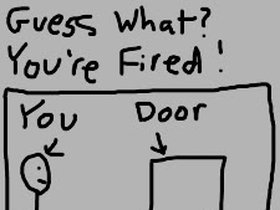
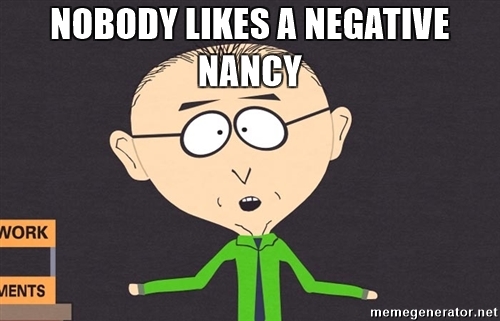



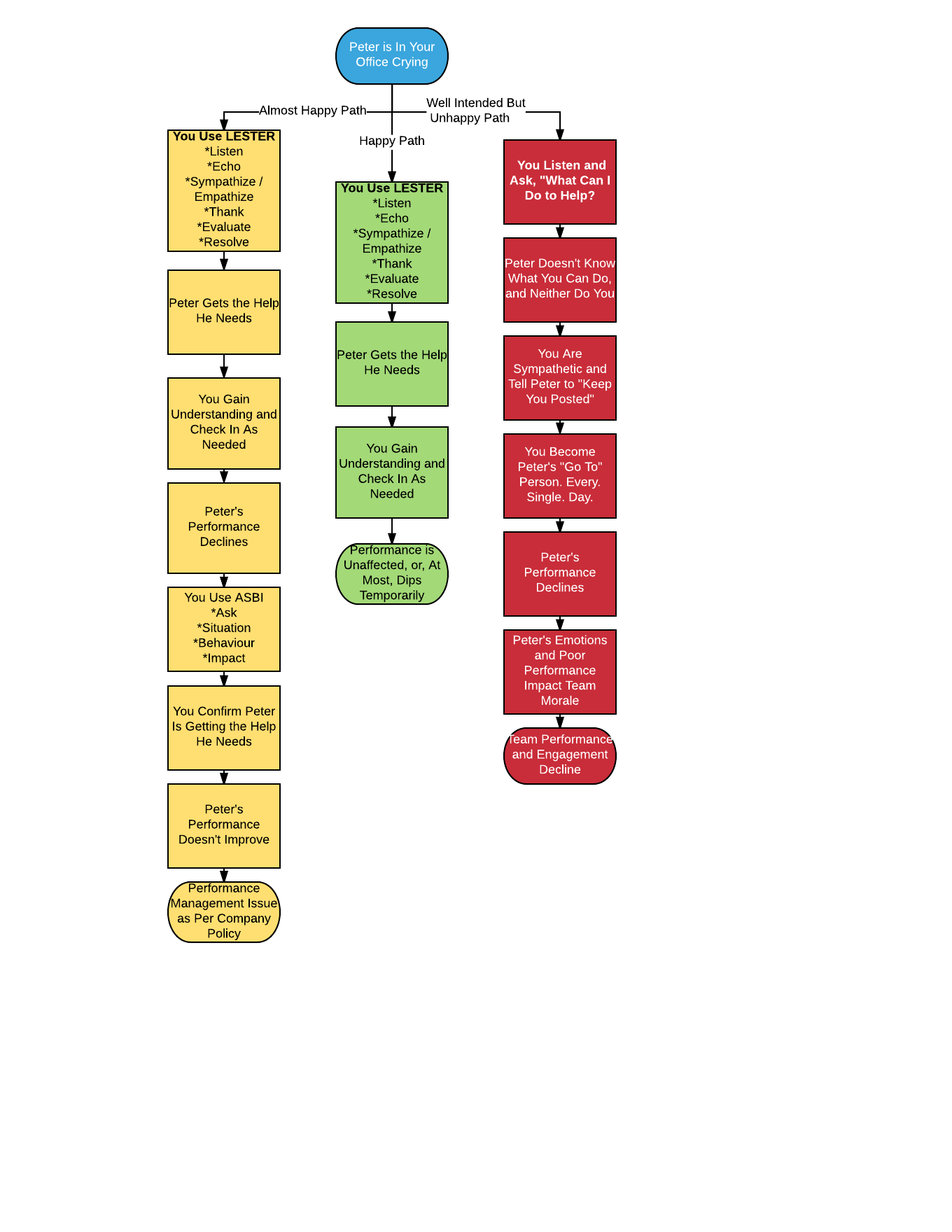 Give these tips a try, let us know how it went on Twitter at @whiteboardcons and check out the rest of our podcast series on our homepage at www.whiteboardconsulting.ca.
Give these tips a try, let us know how it went on Twitter at @whiteboardcons and check out the rest of our podcast series on our homepage at www.whiteboardconsulting.ca.



